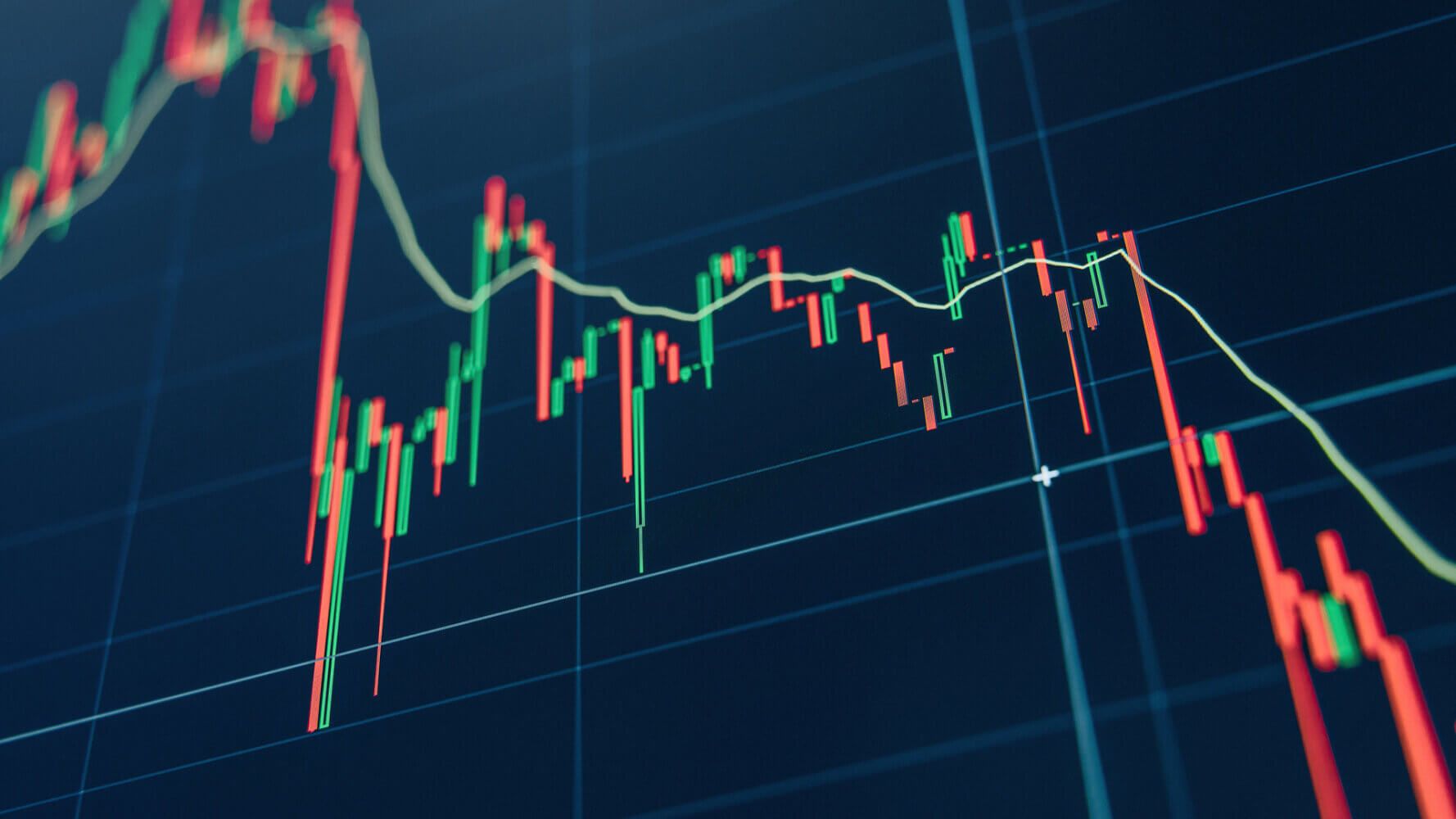
Explore current trends in equity valuations, credit spreads, and macroeconomic conditions with actionable considerations for portfolios.
Q: What are some of the key market and macro developments of October 2025?
A: (Brian McMahon) Investor optimism is clearly strong, even as we all struggle through some policy uncertainty. This is reflected in tight credit spreads, which is the market’s way of saying a recession is not expected anytime soon. Equity multiples are also well above average, and we have not seen earnings guidance cuts from a wide spectrum of companies despite potential tariff impacts, possible retaliation by affected companies, and the potential for a macro slowdown. For the most part, we have also seen positive earnings momentum.
Markets are challenged to price in the impacts of the evolving Trump administration’s tariff framework on various businesses, borrowers, and the performance of the overall economy. Inflation rates have been close enough to targets to allow global central bankers more latitude to focus on supporting employment. The U.S. Federal funds rate averaged 5.33% from July 2023 to September 2024, but it is now 4.09% and is expected to decline further.
Q: How does dollar depreciation affect currency hedging and global returns?
A: (Matt Burdett) Obviously, the dollar weakening has been beneficial to non-U.S. equity returns in 2025. The euro stock returns are dramatically different in euros versus dollars. The MSCI World Index is roughly two-thirds dollars, and then the (Bloomberg U.S.) Agg Index is all dollars. We often consider whether it makes sense to continue hedge currencies. We consider the direction of the dollar. But this is a risk mitigation process that we’re using, and in periods of exogenous shock, which means you don’t know when they happen or what will cause them, the dollar can tend to move higher, and so the hedge is there to help with that as well.
Q: What is the impact of the U.S. government shutdown on markets?
A: (Christian Hoffmann) I think we’ve often said that access to information in the past was a challenge, but it also was a competitive advantage. And information is abundant today, far more than you could ever hope to read through or analyze, and it’s really about synthesizing, accessing, and processing that information in a valuable way. We’re obviously missing some higher frequency data that we were getting from the government, but there are certainly private sources that continue to fill in the gaps. But broadly, this is an interesting intellectual question: How valuable is that data, and how reliant markets are on getting that data, if it were accurate data? When we recently saw the massive job revisions, it highlighted that the reaction to the initial data was wrong.
Economists estimate that for every week we are shut down, that causes a real drag on the economy, something like an eighth of a percent or so off GDP. Every week that we are shut down can certainly impact confidence, and the rating agencies do not take a particularly kind view of some of the shenanigans and grandstanding.
Q: How are tariffs affecting corporate earnings and market performance?
A: (Brian) Yes, I do think it’s a longer lag than many investors expected. We went from hearing from companies right after the tariffs were announced in early April that we’re going to hold the line on pricing, and that rhetoric has changed a fair amount for many retailers. So, I think we will see more evidence of goods costing more. But I believe consumers will adjust locations for sourcing, and production will also adjust. I think most economists are looking at tariffs from the outside, and they’re looking at customs collections from tariffs, with annual take being somewhere between $300 and $400 billion. We’re not there yet, but that’s annualizing the existing tariff rates.
It’s a fair amount of money, but in a $30 trillion GDP economy, it’s barely 1%, so I think that perspective is important to keep in mind. Tariffs are material, but it’s probably not decisive in determining the overall direction of the U.S. economy, even though it will be quite material for certain companies and certain supply chains that are used to cheap imports.
Q: Where are cracks emerging in the credit market?
A: (Christian) Corporate balance sheets are showing some worsening, but that’s from very, very strong levels. So, I don’t want people to get the wrong idea. But one interesting thing that we’ve been watching is actually the BDC space. So BDCs are business development companies. They can be both private and public. There are certainly a large number of publicly listed vehicles, and if you look at a BDC index, it’s down almost 20% from the summer. Now, if you think about this space again, it skews towards private credit, and you could probably think of those as having an equivalent rating somewhere between the single B and triple C space, so certainly credit risk and levered credit.
And that’s interesting, because that is happening in sympathy with exceptionally tight spreads in public markets. We use triple Cs as the analog. Triple C spreads are at 608 today, with the 10-year average being closer to 800; we were actually even wider than 850 just as recently as April of this year, and they’ve barely budged. So that feels like an interesting disconnect. I think some of that is the flow of capital, and some is related to concerns. So, if capital becomes constrained, if lines are pulled, does that cause a liquidity draw that none of us really have good visibility into, and how does that potentially ripple through markets? It’s interesting and new and something that we’re paying close attention to.
Q: How do global macro and geopolitical issues affect investment decisions?
A: (Matt) Macro situations and political situations can certainly have an impact on multiples, but also on the business itself, and things like revenues. Oftentimes, it’s certain types of companies that become exposed. There’s going to be political things going on everywhere, just like in the U.S. We try to buy at a price with a margin of safety. In general, the businesses we own are relatively shielded from a lot of the political noise. For example, we own a French company, but all the stuff that’s going on in France is unlikely to impact demand for their services. But it could affect the multiple if people view the French market generally as being a less desirable place. As active investors, we want to focus on analyzing the business and the cash flow streams based on how the business competes within its value chain. So, it’s a consideration, but it’s not the main driving point.
Discover more about:
More Insights

FOMC Update: Fed Approves Third Consecutive Rate Cut, Projects Slower Pace

Municipal Bond Trends: Baby Boomers and New Issuance for the Holidays

Luxury Brands Navigate China Slowdown and Tariff Pressures

Thornburg Investment Income Builder Fund – 4th Quarter Update 2025

Extract Maximum Income Using Active Management

